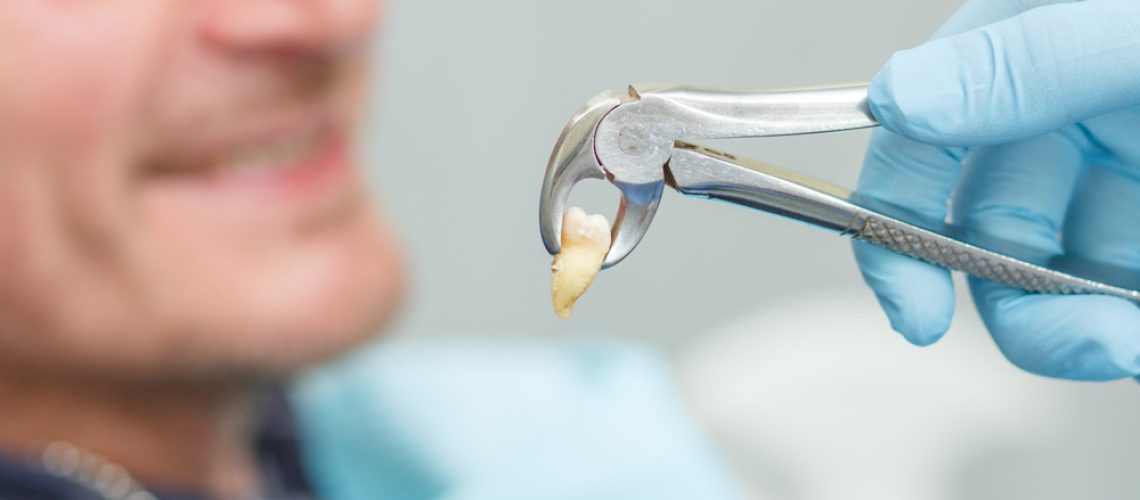Dental extractions are among the easiest and best ways to get relief from a toothache. As the name implies, an extraction involves removing the tooth. If your pulp has died or the tooth has become severely infected, extraction may be your only route. Depending on the tooth, the dentist can do either a simple extraction or a more complicated extraction.
Simple Extractions
These types of extractions, the simple extractions, are the most common in the world of dentistry. During a simple extraction, the dentist will remove the tooth by loosening the gums around the socket. They will grasp the tooth with forceps and move it from side to side until they can get it to break free from the socket and remove it.
Simple extractions, also known as pulling, don’t take long to complete. The dentist will numb you before they start, so you won’t feel anything. Depending on the tooth, pulling it will normally take just a few minutes after you have been numbed with local anesthesia. Once completed, the dentist will place gauze in your mouth to bite on and you will be free to go.
Complex Extractions
As you may or may not know, not all teeth can be pulled. Sometimes, the tooth will be so decayed or broken off that the dentist will have nothing to grasp above the gum line. In cases such as this, the dentist will need to perform a more complicated extraction, which involves getting the tooth out below the gum line, as they won’t be able to use the standard method of pulling and rocking.
These types of extractions involve the dentist making an incision in the gums around the tooth and raising the flap they cut to expose the bone. Once they have exposed the bone, there may be enough of the tooth exposed for the dentist to grab and remove it using the pulling method. This is known as cutting the tooth out and happens to be very common with impacted teeth or teeth that are severely decayed.
Dental extractions are very common and happen daily for dentists. All types of extractions, even the most complex, will take time to heal. If you take care of your extraction site, you’ll avoid common pitfalls such as dry sockets and other mishaps. Although they can be painful once the procedure is over - you’ll eventually start to feel a lot better once you have had the tooth or teeth removed.
Simple Extractions
These types of extractions, the simple extractions, are the most common in the world of dentistry. During a simple extraction, the dentist will remove the tooth by loosening the gums around the socket. They will grasp the tooth with forceps and move it from side to side until they can get it to break free from the socket and remove it.
Simple extractions, also known as pulling, don’t take long to complete. The dentist will numb you before they start, so you won’t feel anything. Depending on the tooth, pulling it will normally take just a few minutes after you have been numbed with local anesthesia. Once completed, the dentist will place gauze in your mouth to bite on and you will be free to go.
Complex Extractions
As you may or may not know, not all teeth can be pulled. Sometimes, the tooth will be so decayed or broken off that the dentist will have nothing to grasp above the gum line. In cases such as this, the dentist will need to perform a more complicated extraction, which involves getting the tooth out below the gum line, as they won’t be able to use the standard method of pulling and rocking.
These types of extractions involve the dentist making an incision in the gums around the tooth and raising the flap they cut to expose the bone. Once they have exposed the bone, there may be enough of the tooth exposed for the dentist to grab and remove it using the pulling method. This is known as cutting the tooth out and happens to be very common with impacted teeth or teeth that are severely decayed.
Dental extractions are very common and happen daily for dentists. All types of extractions, even the most complex, will take time to heal. If you take care of your extraction site, you’ll avoid common pitfalls such as dry sockets and other mishaps. Although they can be painful once the procedure is over - you’ll eventually start to feel a lot better once you have had the tooth or teeth removed.



